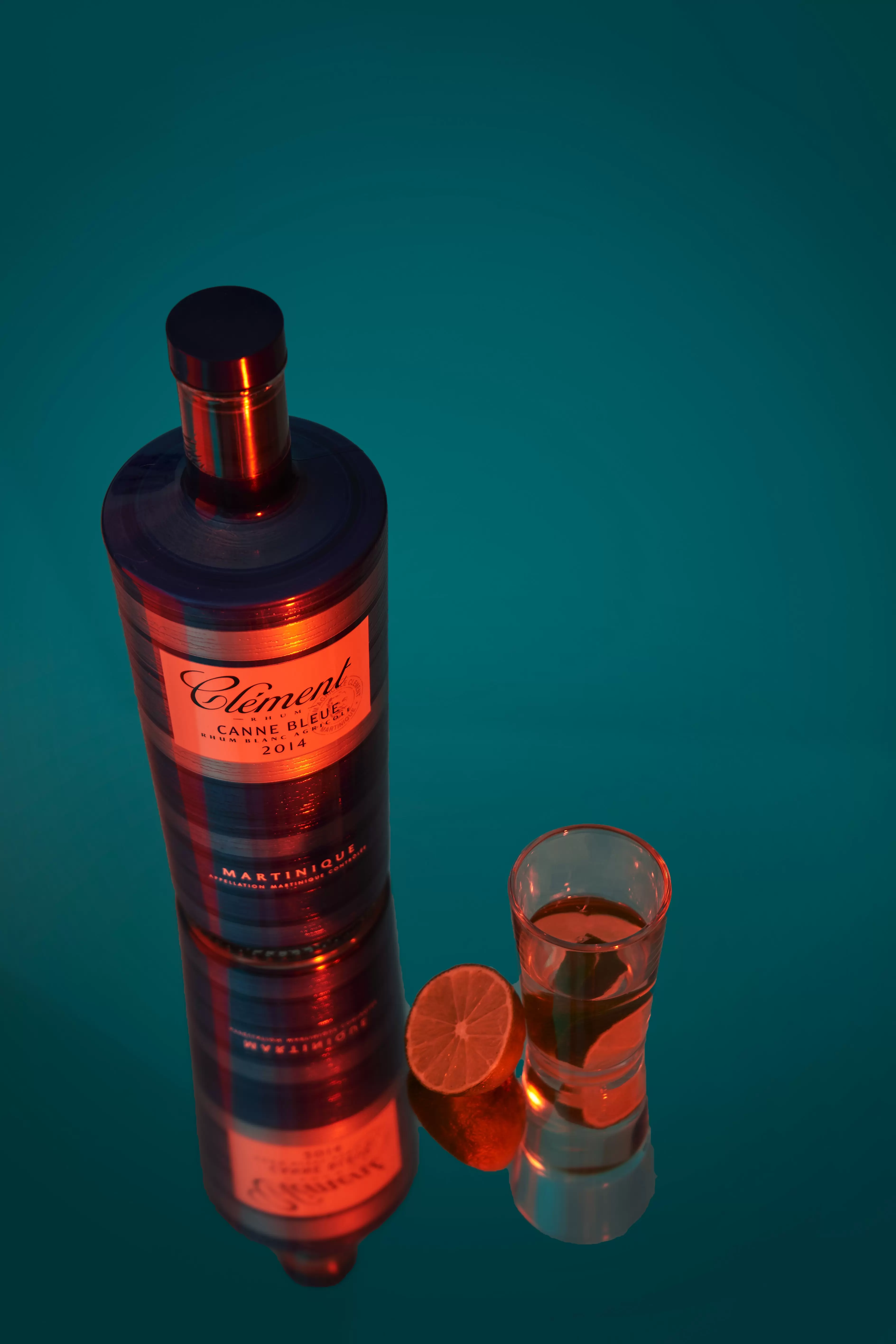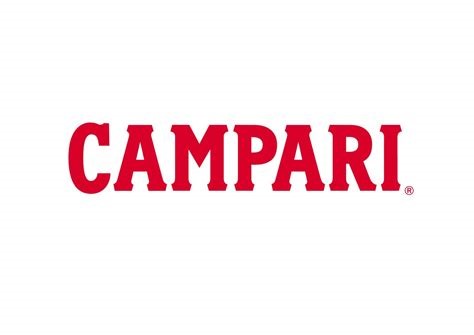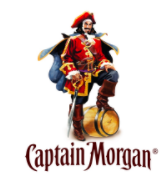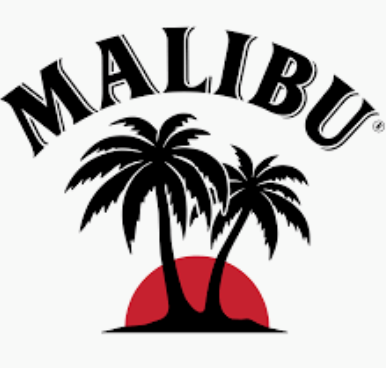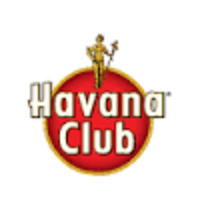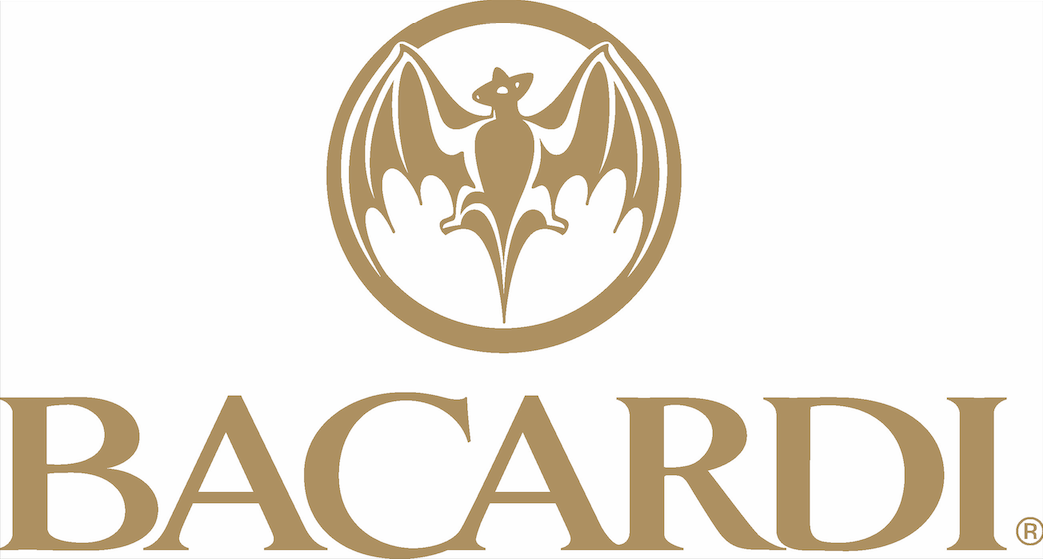Sintesi
Since 2020, the rum market in Italy has been facing difficulties due to the COVID-19 pandemic, leading to a disruption in production that manifested itself in significant declines in the industrial production index in March 2020. However, the resilience of the sector was perceptible by July 2020. Consumer behavior has shifted towards premiumization, with rum now appreciated not only for cocktails but also for tasting, boosting demand in premium segments despite the effects of the 2008 financial crisis.
Although COVID-19 has affected trade, with imports and exports growing before declining in 2020, the coverage rate has increased considerably, reaching 84.1% in 2020. The market is highly concentrated, with major players such as Bacardi, Diageo and Pernod Ricard. Italy's aging population and changing social trends, such as the increased interest of certain age groups in consuming cocktails, are influencing the market. Although Italy accounts for a smaller share of European spirits production (1.4%), its rum production has increased by over 100%. Forecasts for rum sales volume in Europe indicate steady growth, with an expected average annual sales volume of 184 million liters by 2023, and a compound annual growth rate (CAGR) of 0.44% between 2012 and 2023.
Market dynamics and trends in the Italian rum industry
The Italian rum market has experienced a remarkable growth trajectory in recent years, with a notable boom in production and consumption. Positioned as an unexpected competitor in a market traditionally dominated by grappa, rum production in Italy has experienced unprecedented growth, more than doubling in the space of three years. This expansion is underlined by production figures that have risen from 20 million euros to over 330 million euros, demonstrating the country's burgeoning affection for this spirit. In contrast to its classic role as a mixer in cocktails, rum in Italy has begun to carve out a new place for itself as a tasting beverage. This development goes hand in hand with the nation's influence on food and beverage trends, and has encouraged producers to invest in more complex, higher-quality rum selections, improving rum's image on a global scale. Italians' growing interest in premium spirits is part of this trend, as they express a desire to explore the more refined and flavorful aspects of spirits usually reserved for tasting. While rum sales volumes in Europe tend to increase, showing gentle but steady growth, Italy reflects this momentum.
The European rum market has maintained an average annual sales volume of around 177 million liters, and forecasts predict a steady increase to around 187 million liters by 2023. The rum market structure is dominated by key players, including international giants Bacardi, Martini, Pernod Ricard and Diageo. Significant import and export activities mark Italy's participation in international trade, with a significant improvement in the coverage rate from just over 40% to over 80%. The United States is Italy's main source of rum imports, while European neighbors such as the UK, Germany and Belgium are the main destinations for Italian exports. Per capita alcohol consumption in Italy has risen sharply, from just over 29 liters to around 35 liters a year. This trend is potentially influenced by the country's ageing population, with the over-60s and the 25-44 age bracket being the main consumers of spirits. Seizing opportunities, the Italian rum market has cleverly exploited the country's changing demographics and social habits, using them as a driving force to stimulate growth and diversify offerings. The Italian market is highly concentrated in the alcohol industry, with Campari, Diageo and Pernod Ricard together holding a significant market share of 39.5%.
Key players in the Italian rum market While the Italian rum market is fostering a new appreciation of this traditionally Caribbean spirit, several key players continue to distill optimism and innovation into their offerings.
These companies not only offer a variety of rum types to aficionados, they are also helping to transform the Italian palate away from traditional spirits such as grappa, towards a more diverse taste landscape.
- Bacardi - A global industry giant, Bacardi is a household name when it comes to rum. Renowned for its white rum, Bacardi is at the forefront of offering a variety of rums for the traditional cocktail market as well as for emerging segments of rum connoisseurs.
- Martini - Once associated mainly with vermouth and sparkling wines, Martini has expanded its portfolio to include rum, responding to changing market preferences. Its entry into the market testifies to the versatility and adaptability of established brands, which have been able to adapt to new consumer trends.
- Pernod Ricard - A titan of the global spirits industry, Pernod Ricard boasts a range of rums that includes premium brands such as Malibu, a flavored rum that has found an enthusiastic audience, and Havana Club, a staple for classic rum cocktails and syrup lovers.
- Diageo - This British alcohol multinational occupies an important place in the Italian rum market thanks to Captain Morgan, a brand synonymous with spiced and flavored rums. Captain's distinctive brand and extensive product range make it a versatile player that appeals to a wide audience.
Together, these companies are the navigators of the Italian rum revolution, strategically positioned in the midst of an aging population and a growing appetite for quality spirits. The ongoing introduction of different types of rum, including white, dark and spiced, keeps the market dynamic and responds to the changing tastes of Italian consumers. A testament to Italy's pioneering trends in spirits consumption, these market leaders have captured not only the essence of traditional rum, but also the imagination of a nation renowned for its finesse in food and drink.
per comprendere questo mercato
Dettaglio del contenuto
 Informazioni
Informazioni
- Pagine : 30 pags
- Formato : Versione PDF e digitale
- Ultimo aggiornamento : 01/08/2021
 Riepilogo ed estratti
Riepilogo ed estratti
1 Market summary
1.1 Definition and presentation
Rum is an alcoholic beverage obtained through the fermentation and distillation of its main ingredient: sugar cane. Sugar cane is a tropical plant whose sucrose is used as a raw material in the food and beverage industry. First records of rum date back to the first half of the XVII century in West Indies, when African slaves discovered molasses – an ingredient generated during the process of sugar refinement- could ferment into alcohol. In no time the popularity of the drink reached North America and not long after that it became one of the most profitable industries of New England. Today rum’s most important ingredient – sugar cane – is the world’s largest crop by production quantity.
Rum can be consumed at home or out of home and as a drink or used in the kitchen. There are different typologies of rum, the three macro categories identifiable are:
- White rum
- Dark rum
- Spicy rum
Global rum sales volume were valued at 180 million liters in 2018, and are expected to grow in the following years, at a CAGR of 0.6% between 2019 and 2023.
The market in Italy has experienced a boom in the past three years, with production growing by more than 100%. This represents unprecedented growth for this kind of spirit, which is historically not the most popular one in Italy, where the market is driven by traditional drinks like grappa.
The success of rum is to be attributed to Italy's role in the shift of perception of rum: traditionally a mixing spirit, used mainly for the preparation of cocktails, rum is now starting to have a role in tastings.
Consumption of rum in Italy is expected to be influenced by a series of changing social, demographic and economic factors, such as aging population or increasing interest towards premiumization.
The main players of the market in Italy include Bacardi, Martini, Pernod Richard and Diageo.
1.2 The impact of rum worldwide
The graph below shows us the evolution of the value of European sales in volume (***), sales had an annual volume of ***.** million liters. Between **** and ****, sales volume has evolved with a CAGR of *.**%, and the average annual sales volume is *** million liters.
Forecasts indicate that a steady growth trend will be ...
1.3 The Italian market
The rum market in Italy has exploded in the past few years: after declining until ****, the production of rum rose sharply and grew at impressive rates to satisfy the newly high demand. From **** to ****, production grew by ***.*%, passing from **.* million euros to ***.* million euros.
Evolution of sold production of rum Italia, ...
1.4 International trade
In the following section, imports and exports are analyzed through the UN Comtrade, under the following commodity code:
******: Rum and tafia
The graph below shows the evolution of imports and exports: both have been growing exponentially until a slight decline in ****, caused by the pandemic and the crisis which followed. ...
1.5 COVID-19 Impact
The COVID-** pandemic has had devastating effects on many markets and industries. Due to the nature of the virus (***) sanitary measures were put in place, the most significant of which were mandatory, government-mandated closures that kept people home and halted most economic activity. Italy, being the first European country affected by ...
2 Demand analysis
2.1 Changing alcohol consumption in Italy
Alcohol consumption is experiencing a growth in Italy, drive mainly by lifestyle and aging population. The graph below shows the evolution of alcohol consumption per capita in Italy: we can observe a sharp rise, especilly in more recent years, when the consumption per capit passed from **.* liters per year to **.*.
Alcohol ...
2.2 Determining factors: premiumization, cyclicity, complementary products
Aging population
The largest age group in Italy is the one represented by the so called “over **s”, which define approximately **.*% of the entire population. Istat data showed that in **** for the first time since ****, this age group has surpassed the “over **s”. Moreover, half of the population is over ** years ...
2.3 Seasonality of demand
The graph represents the proportion of searches for a given word in a given region during a given time period, compared to when it was most searched (***). Thus, a value of ** means that the keyword was used less often in the given region, and a value of * means that there is ...
3 Market structure
3.1 Highly concentrated alcohol market
The Italian production of ethyl alcohol and spirits recorded a *% increase compared to **** with an annual production of * million and *** thousand hectoliters. The growth is considerable although the figure itself represents a small portion of the total European production of spirits (***). [***]
Within the spirits market, rum does not play a fundamental ...
3.2 Value chain of the market
The value chain of the rum market is synthesized below.
3.3 Rum off-trade versus on-trade
Business to Business
Production and manufacturing take place in a different company, which in a later stage, once the product is complete, sells it to retailers.
Business to Consumer
Production and manufacturing take place in the same company that handles the client interaction and sales.
The most popular channels in the ...
3.4 Companies and employees in the sectors
The graphs in this section show the main figures of spirit distillation companies in Italy.
As the pie chart shows, the majority of companies in this sector are limited liability companies, about **.*%. On the other side, the other most common legal form in the field is sole proprietorship and entrepreneurship, a ...
4 Analysis of the offer
4.1 The journey to rum
First phases
The production of rum starts at the very root of its main raw material: sugarcane. Although rum can be distinguished in two varieties on the basis of the ingredient, the initial journey is the same for both. The sugarcane is harvested by hand and consequently crushed by a machine, ...
4.2 Rum price influenced by increasing interest
Rum at its origin was identified with a low-class spirit, it was the alcohol of slaves and pirates. Today though, due to the premiumization of brands and changing consumer tastes, rum has become a mid-priced beverage. A factor that seems to be influencing the increasing interest towards higher-priced verities of rum ...
4.3 The new role of rum: tasting
The role of rum is shifting: if historically it was mainly used in mixing, it is now the latest trend of tasting.
Leonardo Pinto is globally recognized as one of the best rum experts in Europe, trainer and consultant for companies, as well as director of ShowRUM - Italian Rum Festival, ...
5 Rules and regulations
5.1 Rum regime
For the production of spirits, EU countries are subject to the (***) N. ***/****, which gives specificities on the ingredients of rum, the labelling and the geographical origins.
For the distribution and commercial sale, national legislation comes into play, in the general context of the distribution of alcohol on the Italian territory. Norms ...
5.2 Excise regulation
In Europe specific goods are subject to the excise duty, alcohol being among those. Excise duty is an indirect tax that is therefore applied on the production or consumption of certain products (***). the excise generally is applied when those categories of goods are produced or imported in the EU.
Excise duty ...
 Grafica
Grafica
- Evoluzione e previsione dei volumi di vendita del rum
- Quota dei principali produttori in Europa
- Evoluzione della produzione venduta di rum
- Produzione venduta e realizzata di rum e altri alcolici
- Importazioni ed esportazioni di rum
Tutti i nostri studi sono disponibili online e in PDF
Ti invitiamo a consultare un esempio del nostro lavoro di studio su altri mercato!
Aziende citate in questo studio
Questo studio contiene un panorama completo di società di mercato con le ultime cifre e le notizie di ogni azienda :
 Perché Scegliere Questo Studio :
Perché Scegliere Questo Studio :
Accedi a più di 35 ore di lavoro
I nostri studi sono il risultato di oltre 35 ore di ricerca e analisi. L'uso dei nostri studi ti consente di dedicare più tempo e aggiungere valore ai tuoi progetti.
Approfitta di 6 anni di esperienza e oltre 1.500 studi settoriali già prodotti
La nostra competenza ci consente di produrre studi completi in tutti i settori, inclusi i mercati di nicchia o emergenti.
Il nostro know-how e la nostra metodologia ci consentono di produrre studi con un valore unico di denaro
Accedi a diverse migliaia di articoli e dati a pagamento
BusinessCoot ha accesso all'intera stampa economica a pagamento e ai database esclusivi per svolgere studi di mercato (+ 30.000 articoli privati e fonti).
Al fine di arricchire i nostri studi, i nostri analisti utilizzano anche indicatori Web (semrush, tendenze, ecc.) Per identificare le tendenze in un mercato e strategie aziendali. (Consulta le nostre fonti a pagamento)
Supporto garantito dopo l'acquisto
Una squadra dedicata al servizio post-vendita, per garantirti un alto livello di soddisfazione. +39 380 247 7810
Un formato digitale progettato per i nostri utenti
Accedi a un PDF ma anche una versione digitale per i nostri clienti. Questa versione consente di accedere a fonti, dati in formato Excel e grafica. Il contenuto dello studio può quindi essere facilmente recuperato e adattato per i tuoi supporti.
 Le nostre offerte :
Le nostre offerte :
the rum market | Italy
- Quali sono i dati relativi alle dimensioni e alla crescita del mercato?
- Cosa sta influenzando l'andamento e l'evoluzione del mercato?
- Qual'è il posizionamento degli attori di mercato?
- Segmentazione e profilo delle aziende operanti nel mercato
- Dati e numeri da una molteplicità di fonti
Pacchetto di 5 studi (-15%) IT Italy
- 5 rapporti a 75,6 € IVA esclusa per studio da scegliere dal nostro catalogo italiano per 12 mesi
- Risparmiare il 15% sugli studi aggiuntivi acquistati
- Scegliere il rimborso del credito non utilizzato al termine dei 12 mesi (durata del pacchetto).
Consulta i termini e le condizioni del pack e del rimborso del credito non utilizzato.
